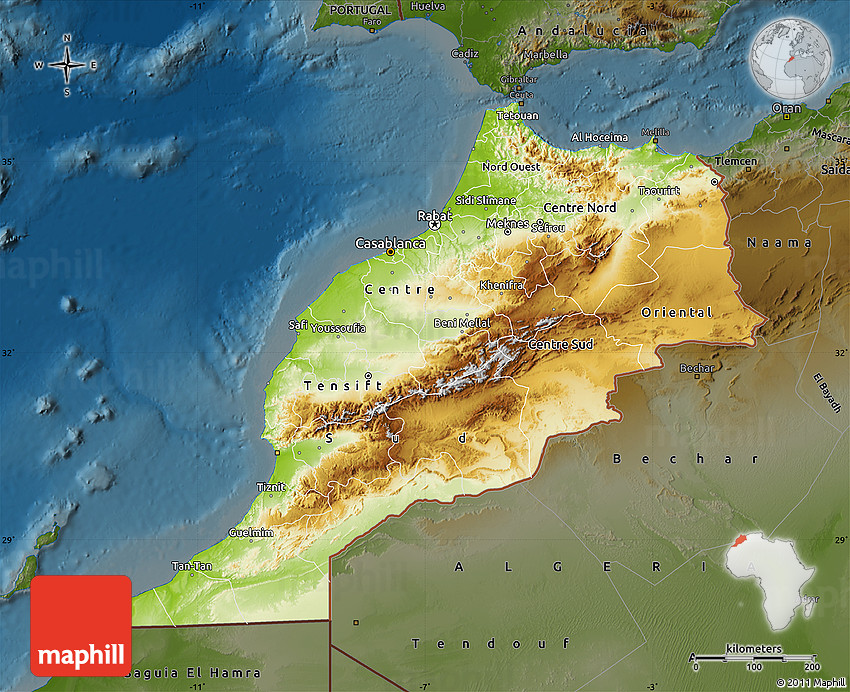Yet, as Robert Gildea exposes in this comprehensive
survey of the French Resistance, the myth that the French freed themselves is largely poppycock, like de Gaulle’s boast that only “a handful of scoundrels” behaved badly under four years of Nazi occupation. (One example: by October 1943, 85,000 French women had children fathered by Germans.) Most of the population didn’t engage with their revolutionary past until the last moment, when the chief thing they recaptured was their pride. The first French soldier into Paris was part of a regiment “called 'la Nueve’ because it was composed mainly of Spanish republicans”.
The magnitude of the French defeat in June 1940, after a mere six weeks, compelled the writer Vercors (Jean Bruller), author of that celebrated novella of passive resistance, The Silence of the Sea, to predict that the Germans might stay on in France for a century. This being a very real possibility, it is not hard to see why the Resistance, in Gildea’s estimation, “mobilised only a minority of French people. The vast majority learnt to muddle through under German Occupation and long admired Marshal Pétain.” Attentisme – “wait and see” – was the most obeyed order of the day. It took until 1971 for a counter-narrative to surface, in the documentary Le Chagrin et la Pitié, which suggested that the French, instead of behaving honourably under the Occupation, “had been supine, cowardly, and only too frequently given to collaboration”.
It bears repeating that an astonishing one and a half million French soldiers remained POWs in Germany until 1945, putting pressure on political activists back home, notably communists, to form the opposition. But French Communist Party bosses, answerable to Moscow, “always controlled an agenda that had little to do with the Resistance”. One contemporary observer sneered: “The PCF led its resisters to the Rubicon – to go fishing.”
Neutralised for the first two years of the war by the Nazi-Soviet pact, which made Hitler their ally, the French communists were led by Jacques Duclos, “who lived a quiet life disguised as a 'country doctor, 1900 style’ ”. Meanwhile, their general secretary, Georges Marchais, worked in a German factory as a volunteer. Hardly models of heroism.


